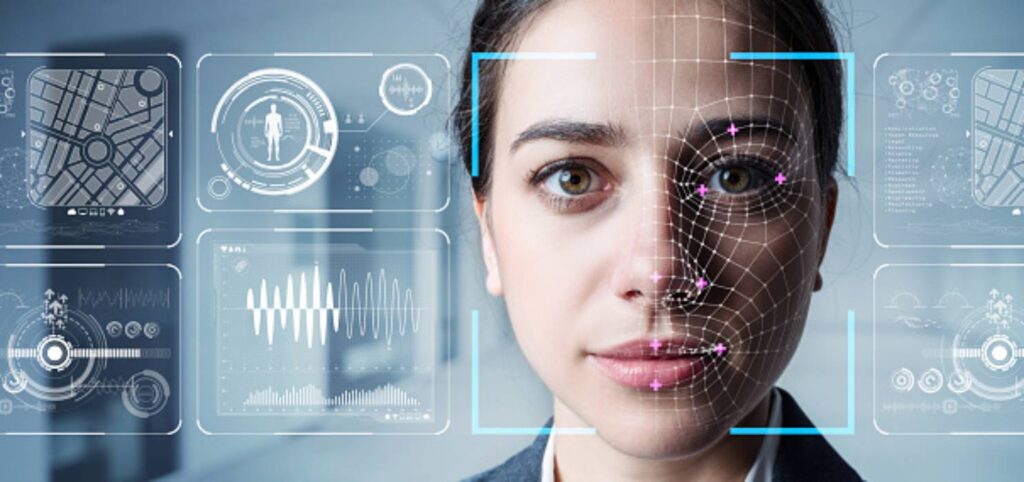Overcoming the challenges of AI character recognition software: Character recognition software is at the heart of any organization’s daily processes. An excellent way to understand its meaning is to compare it with current digital trends. Businesses now see data as the new currency. With advances in artificial intelligence and data science, getting insights from data is easier than ever. Since character recognition software drives the process of data collection, extraction, and analysis, it must keep up with the speed of progress. However, current solutions on the market need to improve their accuracy and efficiency. This article discusses the critical challenges of shared solutions and aims to provide a robust solution instead. Without further ado, here is an overview of the current market.
Character Recognition Software – Overview
In a nutshell, the character recognition process identifies printed text and files and then converts them into machine-readable documents. Critical use cases for this process include transforming paper data into digital files and document verification. To this end, character recognition software is now a staple in most private and government organizations, and optical Character Recognition (OCR) is the most popular solution. However, with AI transforming every industry in its wake, data collection also requires an upgrade. Although OCR still enjoys reasonable accuracy, it cannot keep up with current developments.
OCR challenges
As stated, OCR is the most widely used character recognition software for data extraction and document management. However, this technology still needs to improve on some fronts. For example, OCR may have difficulty with case-sensitive data that contains different font styles. This problem arises due to the fixed nature of the OCR database. Therefore, a trader must load a particular font style into the software for it to work correctly. Also, OCR cannot identify or translate documents with non-symmetrical DPI, such as faxes. While there are some other challenges, these paint a fair picture of the need for better technology.
The Role of AI in character recognition software
A report suggests that almost 80% of B2B transactions will be digital by 2030. Therefore, the world demands efficient character recognition software to meet the growing demand. Fortunately, artificial intelligence and deep learning have come a long way in recent years. Rightfully so, advances in these technologies are enabling breakthroughs in all sectors of life and industry. Additionally, extensive language models (LLMs), a subset of deep learning, can now better decipher the text. So it wasn’t long before AI also revolutionized document management. AI in this field has enabled the creation of ICR: Intelligent Character Recognition.
Benefits of Intelligent Document Recognition
ICR is the next version of optical character recognition software. However, this is not a regular technology update. Instead, it marks the revolution in using artificial intelligence for faster processing and greater precision. Unlike OCR, ICR can also identify and translate handwritten text, thus, increasing its usability to a higher level. Apart from that, the AI behind ICR allows you to stay ahead of any changes to document styles and fonts, and the learnability of deep learning allows you that luxury.
multilingual support
First, a critical flaw of OCR was its lack of dynamic language support. Although it can understand multiple languages, it takes human resources to make it work. OCR comes preloaded with a handful of text fonts and wording. However, in a high-traffic environment, such as airports, document management can be difficult to function properly. On the other hand, ICR introduces dynamic language support into character recognition software.
ICR Handwriting Recognition
As mentioned above, handwriting recognition is ICR’s most powerful capability. Since most industries still use handwritten documents daily, the ICR will be a significant boost. For example, banks still spend many human and financial resources maintaining check processes. On the other hand, ICR software allows them to convert scanned handwriting to text. Therefore, it is much more than a breakthrough in character recognition software.
In summary
Organizations that use OCR justify its use by citing the high initial investment of ICR. However, current developments indicate that staying ahead of the competition is crucial. Regarding character recognition software, it’s all about the price-benefit ratio. OCR may be cheaper, but ICR can save many person-hours and resources in the long run. Additionally, ICR’s continuous learning capabilities make it a much more viable option for the future.

